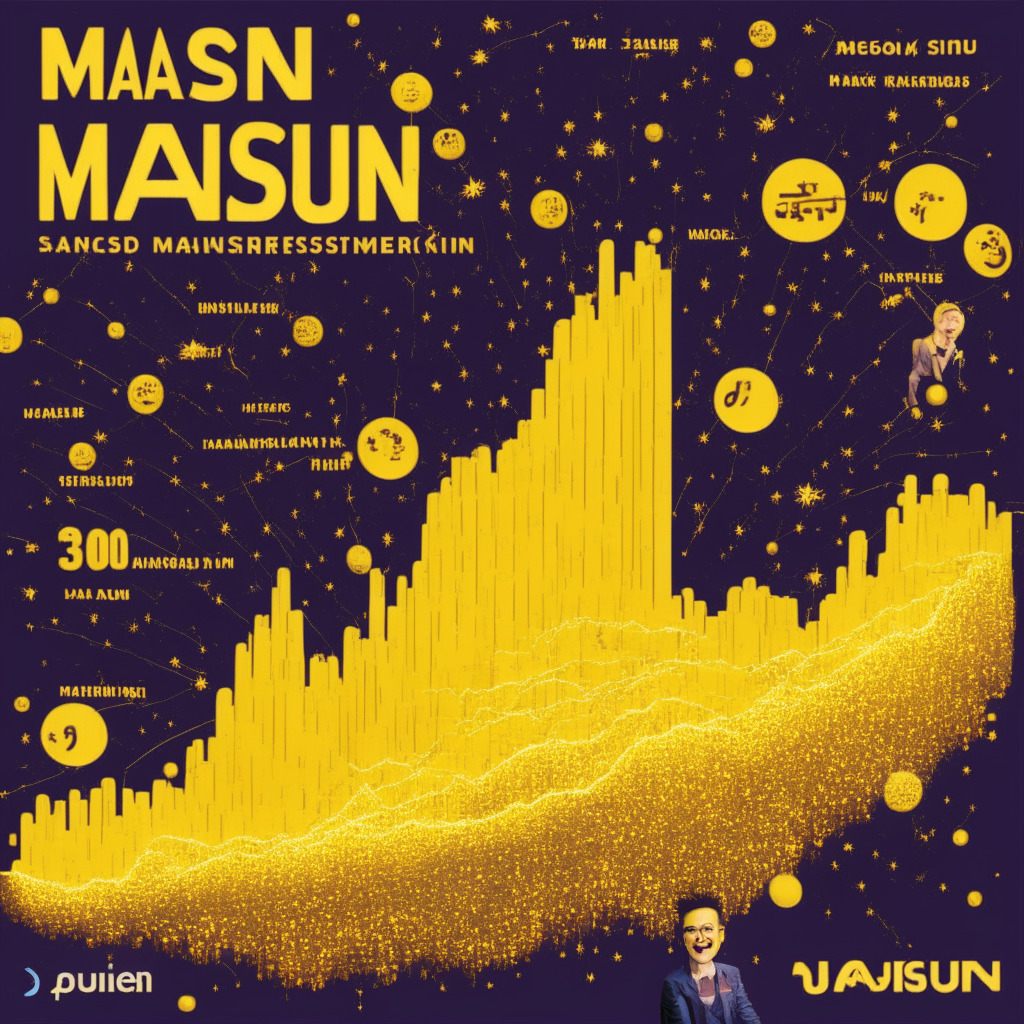In the world of cryptocurrencies, there is constant debate over the efficiency and practicality of using these digital assets primarily for transactions, shifting focus towards the realm of Web3, an area of growing interest among crypto enthusiasts. As a developing concept, the notion of Web3 is still relatively new for many, but its potential for reshaping the ownership and control of personal data is increasingly gaining traction.
Web1.0 was the era of the text-based internet, featuring read-only websites that users could access to read content. This then evolved into Web2.0, which allowed users to contribute content, interact with others in real time through social media, and gain attention for their online activities. Web3, on the other hand, aims to introduce the idea of “ownership”, where users possess control over their own data, payments occur peer-to-peer, and data itself becomes decentralized.
The significance of Web3 lies in its ability to grant users greater privacy and ownership of their personal data, which is currently being harvested and monetized by third-party businesses through centralized networks. In a Web3 framework, users would ideally maintain control over their data, storing it in their own digital inventory, and deciding how and to what extent they want it distributed across networks.
Despite its promising implications for individual autonomy and privacy, widespread adoption of Web3 has been slow due to various challenges, such as scalability and incentive mechanisms. Users need to believe in the potential of Web3, as well as recognize the value in the tokens used for incentives, in order for Web3 to operate effectively. Another hindrance comes from the inertia of users who have grown comfortable with Web2.0, even if they are sacrificing their privacy and personal data.
Furthermore, Web3 could potentially encourage the production of illegal or harmful content, given the reduced digital footprints of users. Addressing these concerns would be key to promoting the adoption of this new framework.
In light of these drawbacks, the future of Web3 still appears promising, with notable investors like JPMorgan, Goldman Sachs, Disney, and Apple showing interest in the concept. Moreover, digital assets such as Chainlink (LINK), Filecoin (FIL), and Audius (AUDIO) are examples of ways to participate in the development of Web3.
While the journey to widespread adoption of Web3 might be a long and arduous one, it remains a frontier of interest for both individual users and businesses alike. The idea of granting users ownership of their personal data, and ultimately the power to decide how and to what extent it should be shared, is undeniably compelling. It will take time, patience, and innovation, but Web3 may very well become the next significant leap in our digital age.
Source: Coindesk




